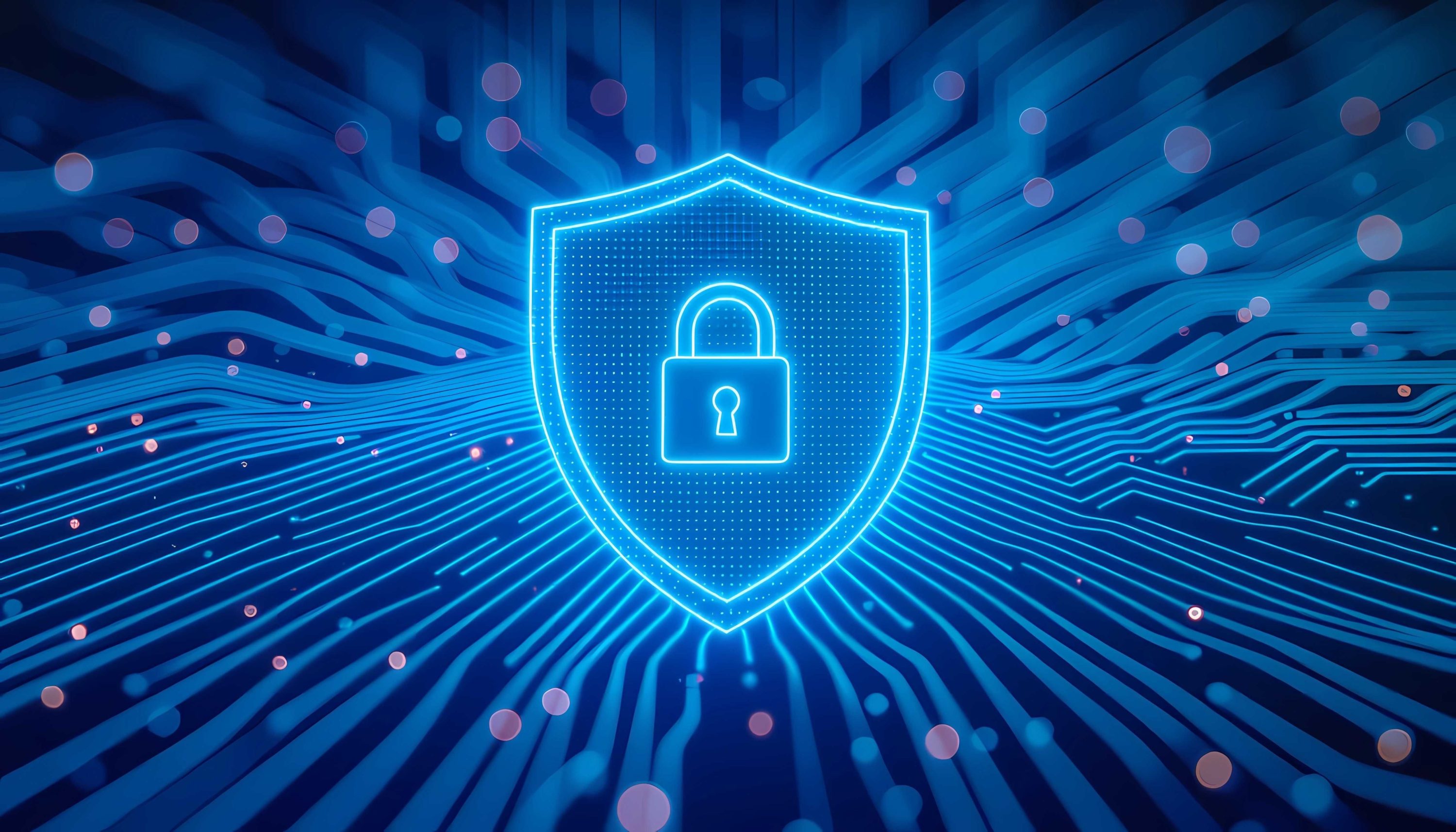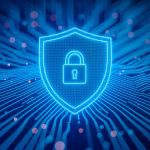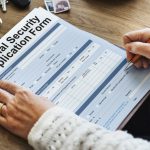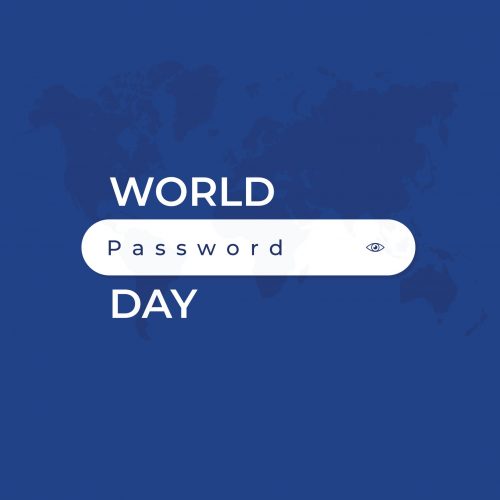Have you ever received an email from a bank you don’t use—or a text about a package you never ordered? These small red flags can signal a much larger threat to your digital identity.
Your digital identity is more than just your email address or social media handle—it’s a complete profile of who you are online. Every purchase, login, and password adds to that identity, and in today’s connected world, it’s one of your most valuable assets.
Unfortunately, it’s also one of the most vulnerable. According to the Identity Theft Resource Center, more than 320 million records were exposed in U.S. data breaches in 2024 alone. Many of those stolen records contained personal information like Social Security numbers, driver’s license data, or bank account details—enough for a criminal to open credit cards, file false tax returns, or even impersonate you online.
Protecting your digital identity is no longer optional. It’s an essential part of financial wellness. Here’s what you can do to safeguard what’s uniquely yours.
Understand What’s at Risk
Your personal data is everywhere. Your digital identity includes any information that can be tied to you—directly or indirectly. That can include:
- Your Social Security number and date of birth
- Bank and credit card details
- Login credentials for online accounts
- Your medical, insurance, or tax records
- Email addresses, photos, or even location data from your phone
Criminals don’t need all of it. With just a few pieces—say, your name, address, and the last four digits of your SSN—they can build a “synthetic identity,” a false persona that blends real and fake information to open new accounts in your name.
Recognize the Signs of Identity Theft
It’s important to recognize subtle clues early. Identity theft isn’t always obvious. It can start quietly and snowball over time. Warning signs include:
- Unexpected changes to your credit report or unexplained new accounts
- Missing bills or mail that never arrives
- Notifications of password changes or unfamiliar logins
- Calls from creditors or debt collectors about accounts you never opened
- Small, unexplained charges that later grow in size
If something feels off, act quickly. Contact the financial institution, place a fraud alert on your credit reports, and file a report with the Federal Trade Commission.
Strengthen the Basics: Passwords Still Matter Most
Strong passwords remain one of the most effective defenses against cybercrime, but they need to be unique and complex.
Smart password habits:
- Use at least 12 characters, mixing upper- and lowercase letters, numbers, and symbols.
- Never reuse passwords across accounts.
- Consider using a password manager to store and generate them securely.
- Enable multi-factor authentication (MFA) everywhere it’s offered—especially for banking, email, and investment accounts.
Think of MFA as a second lock on your digital front door. Even if someone steals your password, they still can’t get in without the extra verification.
Be Selective with What You Share
Oversharing makes you an easy target. Every photo, tag, or birthday post adds to the digital trail scammers can use. Social media platforms are common hunting grounds for cybercriminals looking to answer security questions (“What’s your mother’s maiden name?” or “What city were you born in?”).
Tips to reduce exposure:
- Review your privacy settings regularly to limit what’s public.
- Avoid sharing personal details such as your complete birthday, location check-ins, or upcoming travel plans.
- Be cautious of quizzes or “fun facts” games that ask for information often used in password recovery.
Remember, once something is online, it’s rarely gone for good.
Protect Your Devices Like You Protect Your Wallet
Your smartphone, tablet, and computer store a massive amount of sensitive information. If these devices are compromised, so is your identity.
Keep your devices safe in the following ways:
- Install regular software and security updates
- Use strong passcodes or biometric locks
- Avoid public Wi-Fi for financial transactions
- Back up important data to a secure, encrypted location
A few simple precautions can keep opportunistic hackers out of your digital life.
Monitor Your Credit and Accounts – Early Detection is Key
Keeping an eye on your financial activity is one of the best early-warning systems for identity theft.
- Review credit card and bank statements at least monthly for unfamiliar transactions.
- Check your credit report from all three major bureaus (Experian, TransUnion, Equifax) for free at AnnualCreditReport.com.
- Monitor your credit score throughout the year or sign up for an identity monitoring service that alerts you to suspicious activity.
- Consider a credit freeze, which blocks new credit accounts from being opened in your name unless you lift the freeze yourself.
Think Before You Click (When in doubt, don’t!)
Phishing remains one of the easiest ways for cybercriminals to steal personal information. Whether it’s an email claiming to be from your bank or a text message with a “delivery update,” the goal is the same: get you to click, sign in, or share sensitive data.
To stay safe:
- Never click links in unexpected messages—go directly to the source instead.
- Be skeptical of urgency (“Your account will be closed in 24 hours”).
- Check the sender’s full email address for typos or odd domains.
- Delete suspicious messages rather than replying to them.
Protect the People Around You by Sharing What You Know
Scammers often target older adults or less tech-savvy family members. A simple conversation can prevent major financial harm.
Encourage older relatives to:
- Avoid giving personal information over the phone.
- Use caller ID and ignore unfamiliar numbers.
- Contact their bank or advisor directly before making any wire transfers or payments.
When families discuss scams and digital safety openly, everyone becomes more resilient.
Staying One Step Ahead
Protecting your digital identity isn’t about living in fear—it’s about being proactive. Most criminals are looking for easy targets. By strengthening your passwords, limiting what you share, and monitoring your accounts, you significantly reduce your vulnerability. Your online identity is part of your financial future. Guard it with the same care you give your savings, investments, and retirement plans.
















